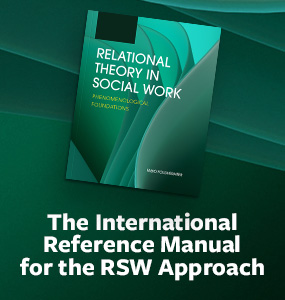This is an Open Access journal with no publication fees.
Each article must have:
- Author(s) Name(s)
- A concise, clear title
- Author’s affiliation and address
- Author’s e-mail address and telephone number for correspondence
- Abstract (maximum length 200 words)
- Keywords (from 4 to 5 separated by semi-colons)
Instructions for drafting articles:
- the maximum length of the article is 9,000 words (including graphs, tables, notes and bibliography);
- any notes must be marked using progressive numbers and must be of a purely explicative nature (not bibliographical);
- paragraphs (not numbered, with bold headings) and sub-paragraphs (not numbered, with headings in italics) must be clearly marked, leaving: a space between the heading and the start of the relative text; two spaces between the end of one paragraph and the heading of the next;
- italics, never bold or underlining, must be used to highlight parts of text or foreign words;
- for citations in the text from works given in the bibliography see the following examples: (Folgheraiter & Ranieri, 2010) or (Donati, Folgheraiter & Ranieri, 2014). With three or more authors, the second and successive authors, after the first citation in the article, should be abbreviated to “et al.”.
Depending on the nature of the works cited, the bibliography should be set out as in the following models:
Books:
Folgheraiter, F. (2004). Relational Social Work: Toward networking and societal practices. London: Jessica Kingsley.
Journal articles:
Folgheraiter, F., & Raineri, M. L. (2012). A critical analysis of the social work definition according to the relational paradigm. International Social Work, 55(4), 473-487.
Journal articles in press:
Wituk, S., Shepherd, M. D., Slavich, S., Warren, M. L., & Meissen, G. (in press). A topography of self-help groups: An empirical analysis. Social Work.
Books edited by:
Greenfield, W., & Rothman, B. (1987). Termination or transformation? Evolving beyond termination in groups. In J. Lassner, K. Powell, & E. Finnegan (Eds.), Social group work: Competence and values in practice (pp. 51-66). New York: The Haworth Press.
Article available online:
Raineri, M. L., & Calcaterra, V. (2015). Social work strategies against crisis in everyday practice: An anti-oppressive case study. International Social Work. Available online DOI: 0.1177/0020872815606793.




